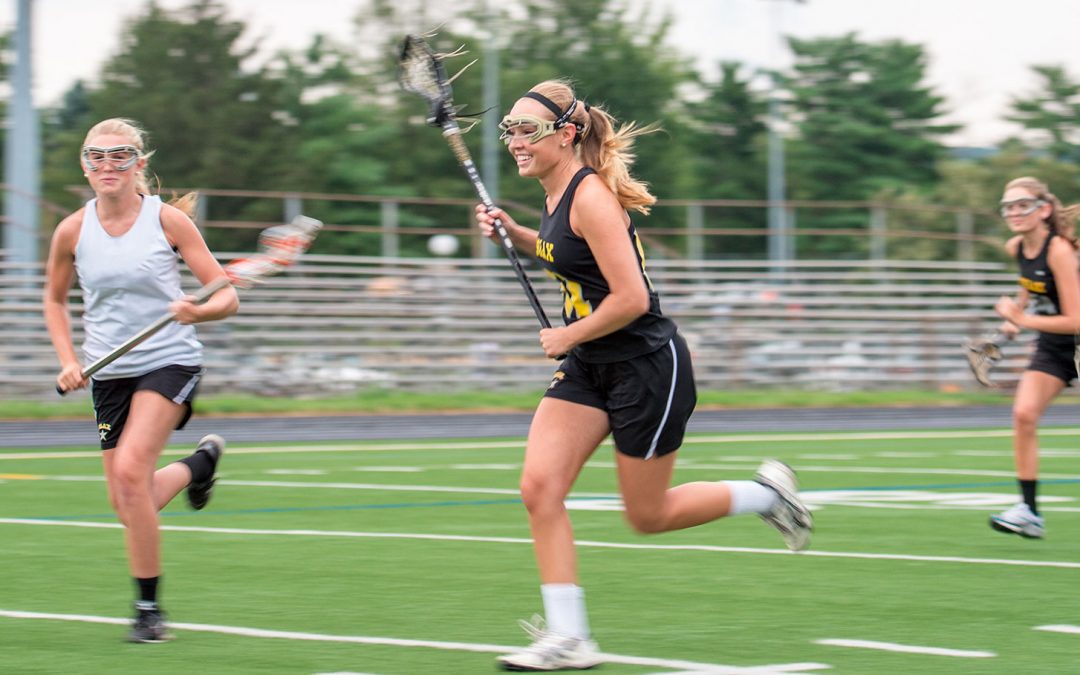The hip flexors refer to a group of muscles at the front of the thigh that allows an individual to lift the leg or bend at the waist. Overstretching or tearing of any of these muscles is known as a Hip Flexor Strain. The injury most commonly affects the iliopsoas muscle, which extends from the lower back to the thigh bone. Runners, hockey players and martial arts practitioners are more likely to suffer a Hip Flexor Strain. In medical terms, the condition is also known as Iliopsoas Strain, Pulled Hip Flexor, Strained Iliopsoas Muscle and Psoas Strain. Depending upon the severity of the injury, Hip Flexor Strain can be classified as:
Grade 1: Few muscle fibers are stretched causing minimal effect on the functionality of the lower limb
Grade 2: This involves rupturing of a considerable number of muscle fibers and a moderate loss of functionality
Grade 3: Complete loss of functionality may be experienced due to the tearing of all muscle fibers.
Causes
- Sudden changing of direction
- Repetitive kicking and sprinting
- Falls
- Traumatic injury
- Excessive backward movement of the thigh
- Stiff or weak muscles
- Insufficient warm up before physical activity
Symptoms
- Moderate to severe pain at the front of the hip
- Muscle cramps
- Limping
- Bruising and discoloration
- Swelling
- Pain increases while trying to lift the thigh
- Tenderness to touch
- Difficulty walking, climbing stairs or bearing weight on the affected leg
- Visible deformity, in case of grade 3 tear
Diagnosis
- A thorough physical examination may be conducted along with an evaluation of medical history and activities that may have caused the injury.
- X-ray, MRI, CT scan or Ultrasound may be required to identify the severity of the injury and rule out a fracture.
Treatment
- RICE Therapy: The doctor may advise the patient to take rest, apply ice pack on the affected area, compress with an elastic bandage and keep the leg elevated above heart level. This may help to ease the symptoms.
- Medication: Non-steroidal anti-inflammatory medications may be prescribed to reduce pain and compress swelling.
- Activity Modification: Avoiding strenuous activities or switching to low impact activities such as swimming may be recommended to avoid further damage to the muscle fibers.
- Assistive Devices: The patient may use crutches or sling to provide support while walking and avoid putting pressure on the affected leg.
- Surgery: It may be required in case of a grade 3 tear. The procedure may involve stitching the torn muscle fibers back together to restore the functionality of the joint.
- Rehabilitation: The physical therapist may suggest stretching and strengthening exercises to help the patient return to routine activities.


